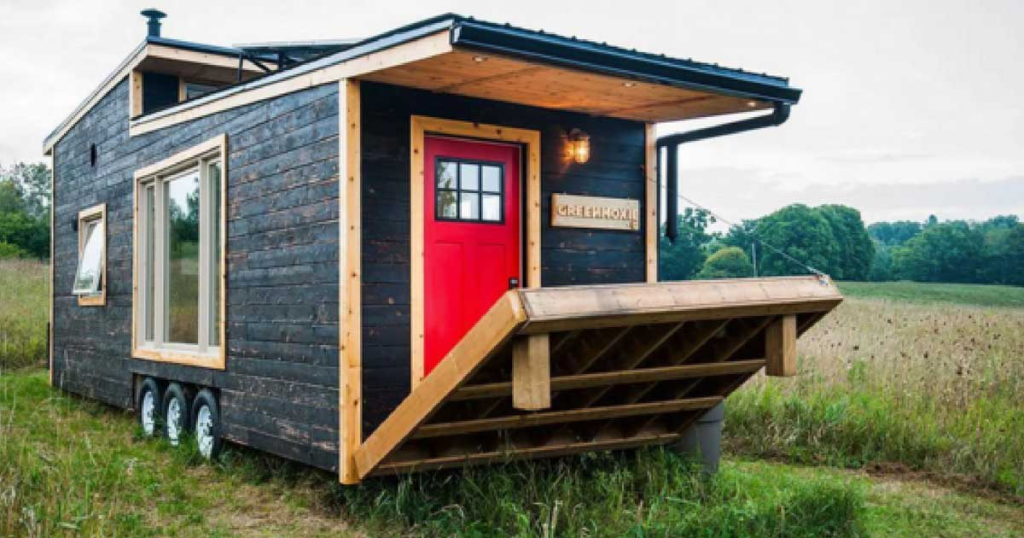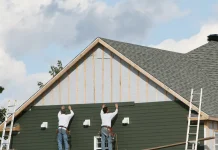The allure of tiny houses, popularized by channels like HGTV, has captured the imagination of many. There’s an undeniable charm in the idea of residing in a cozy, transportable dwelling that simplifies life and keeps living costs at a minimum. Moreover, the eco-friendly nature of most modern tiny houses adds to their appeal. It’s safe to say that the advantages of tiny house living are numerous and well-documented.

However, amid the tiny house craze, there’s a seldom-discussed downside that can impact both homeowners and communities. When individuals construct tiny houses with the intent of settling in more densely populated urban areas, the ripple effect on property values often goes unnoticed. This issue revolves around the substantial price difference between tiny houses, which can range from $10,000 to $90,000 to build, and the average home values in urban neighborhoods, which often exceed $100,000.

Understandably, residents of these neighborhoods become concerned as the presence of tiny houses can lead to a decrease in property values. For homeowners, this can be disheartening, as they naturally desire their properties to appreciate over time, ensuring a profitable resale in the future.
In response to this growing predicament, many homeowner communities (HOAs) are taking proactive measures by implementing minimum building requirements. These requirements are designed to preserve the neighborhood’s character, safeguard property values, and maintain the community’s tax base. According to Kim Skobba, an associate professor of financial planning, housing, and consumer economics at the University of Georgia, “Property values are tied to uniformity, control, and keeping homes the same. HOAs are used as an authority to prevent things that are out of the ordinary. That means integrating tiny homes in a way that makes them fit into the neighborhood.”

For those with an unwavering dream of living in a tiny house, these concerns need not deter them entirely. However, it is crucial to recognize the potential impact on neighboring properties when opting for metropolitan living in a tiny house. Building a tiny house demands thorough research, so prospective tiny homeowners should conduct their due diligence before embarking on this unique housing journey.
image source : Curbed / GREENMOXIE Magazine – Utopian Villas










